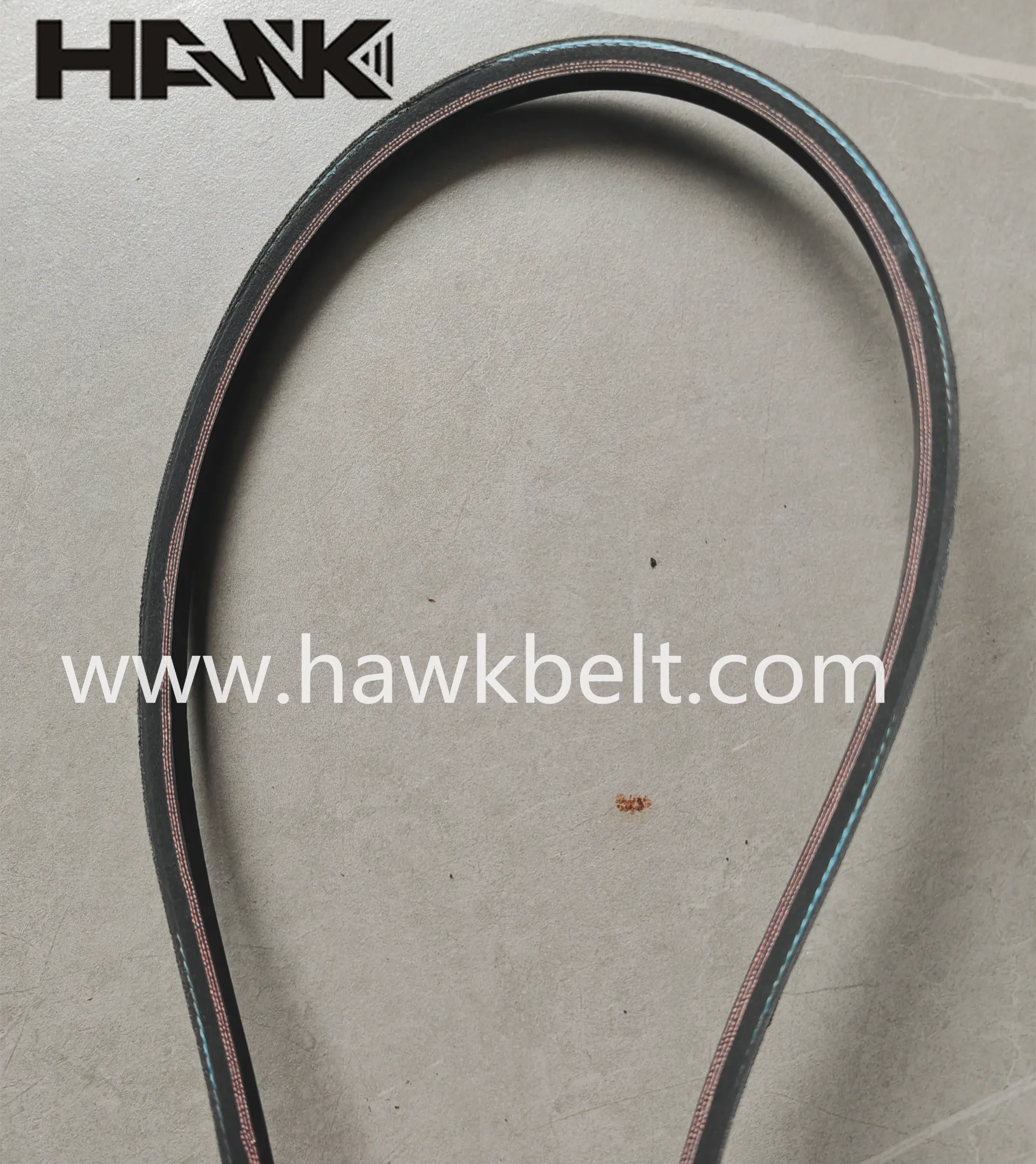- Arabic
- French
- Russian
- Spanish
- Portuguese
- Turkish
- Armenian
- English
- Albanian
- Amharic
- Azerbaijani
- Basque
- Belarusian
- Bengali
- Bosnian
- Bulgarian
- Catalan
- Cebuano
- Corsican
- Croatian
- Czech
- Danish
- Dutch
- Afrikaans
- Esperanto
- Estonian
- Finnish
- Frisian
- Galician
- Georgian
- German
- Greek
- Gujarati
- Haitian Creole
- hausa
- hawaiian
- Hebrew
- Hindi
- Miao
- Hungarian
- Icelandic
- igbo
- Indonesian
- irish
- Italian
- Japanese
- Javanese
- Kannada
- kazakh
- Khmer
- Rwandese
- Korean
- Kurdish
- Kyrgyz
- Lao
- Latin
- Latvian
- Lithuanian
- Luxembourgish
- Macedonian
- Malgashi
- Malay
- Malayalam
- Maltese
- Maori
- Marathi
- Mongolian
- Myanmar
- Nepali
- Norwegian
- Norwegian
- Occitan
- Pashto
- Persian
- Polish
- Punjabi
- Romanian
- Samoan
- Scottish Gaelic
- Serbian
- Sesotho
- Shona
- Sindhi
- Sinhala
- Slovak
- Slovenian
- Somali
- Sundanese
- Swahili
- Swedish
- Tagalog
- Tajik
- Tamil
- Tatar
- Telugu
- Thai
- Turkmen
- Ukrainian
- Urdu
- Uighur
- Uzbek
- Vietnamese
- Welsh
- Bantu
- Yiddish
- Yoruba
- Zulu
Feb . 06, 2025 02:06 Back to list
pk belt v-belt
Navigating the world of industrial belts involves understanding diverse types, each with unique applications and benefits. Among the most popular and reliable options are the PK belt and V-belt, integral components in numerous mechanical operations. This article aims to explore these two types of belts, highlighting their pivotal roles and offering guidance on choosing the best fit for specific applications.
Choosing between a PK belt and a V-belt requires a thorough understanding of the specific needs of your application. PK belts are generally favored in scenarios demanding high elasticity and compact design, such as within automotive engines or machinery requiring smooth and noiseless operation. Conversely, V-belts are preferred in environments where simple design, minimal slippage, and cost-efficient maintenance are prioritized. Expert insights suggest that while both belts have their strengths, advancements in belt technology have blurred the lines, offering versions that incorporate benefits from both designs. For instance, some manufacturers have developed hybrid belts with the flexibility of PK belts and the grip of V-belts, delivering performance that meets diverse industrial needs. To leverage the full benefits of either belt type, consulting with a qualified mechanical engineer or a certified distributor is advisable. These experts can assess the specifics of your application, considering factors like operational loads, environmental conditions, and space constraints, to recommend a belt that aligns with your operational goals. Ensuring that the belts are sourced from reputable manufacturers further guarantees quality and reliability, enhancing user trust and satisfaction. In conclusion, PK belts and V-belts each offer unique advantages tailored to distinct applications. By understanding their features and consulting with industry professionals, businesses can make informed decisions, optimizing their machinery's efficiency and lifespan. The evolution of belt technology continues to advance, promising yet more efficient and cost-effective solutions tailored to the growing demands of modern-day industrial applications.


Choosing between a PK belt and a V-belt requires a thorough understanding of the specific needs of your application. PK belts are generally favored in scenarios demanding high elasticity and compact design, such as within automotive engines or machinery requiring smooth and noiseless operation. Conversely, V-belts are preferred in environments where simple design, minimal slippage, and cost-efficient maintenance are prioritized. Expert insights suggest that while both belts have their strengths, advancements in belt technology have blurred the lines, offering versions that incorporate benefits from both designs. For instance, some manufacturers have developed hybrid belts with the flexibility of PK belts and the grip of V-belts, delivering performance that meets diverse industrial needs. To leverage the full benefits of either belt type, consulting with a qualified mechanical engineer or a certified distributor is advisable. These experts can assess the specifics of your application, considering factors like operational loads, environmental conditions, and space constraints, to recommend a belt that aligns with your operational goals. Ensuring that the belts are sourced from reputable manufacturers further guarantees quality and reliability, enhancing user trust and satisfaction. In conclusion, PK belts and V-belts each offer unique advantages tailored to distinct applications. By understanding their features and consulting with industry professionals, businesses can make informed decisions, optimizing their machinery's efficiency and lifespan. The evolution of belt technology continues to advance, promising yet more efficient and cost-effective solutions tailored to the growing demands of modern-day industrial applications.
Share:
Next:
Latest news
-
Korean Auto Parts Timing Belt 24312-37500 For Hyundai/Kia
NewsMar.07,2025
-
7PK2300 90916-T2024 RIBBED BELT POLY V BELT PK BELT
NewsMar.07,2025
-
Chinese Auto Belt Factory 310-2M-22 For BMW/Mercedes-Benz
NewsMar.07,2025
-
Chinese Auto Belt Factory 310-2M-22 For BMW/Mercedes-Benz
NewsMar.07,2025
-
90916-02660 PK Belt 6PK1680 For Toyota
NewsMar.07,2025
-
drive belt serpentine belt
NewsMar.07,2025

